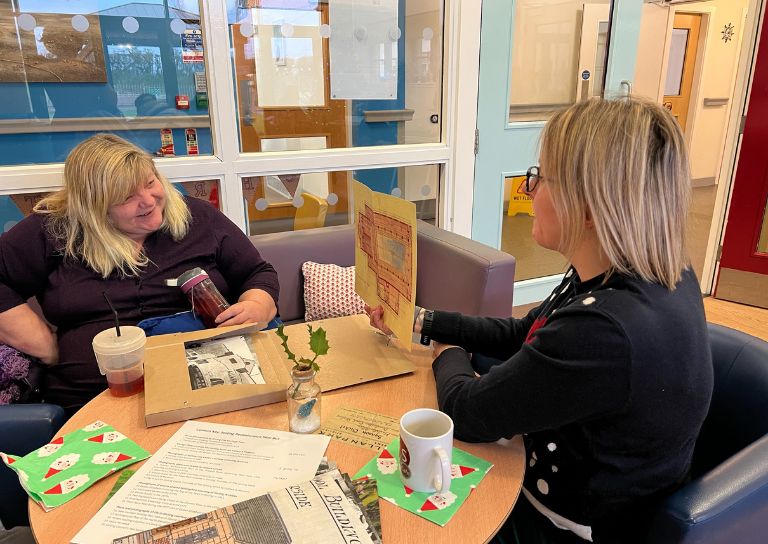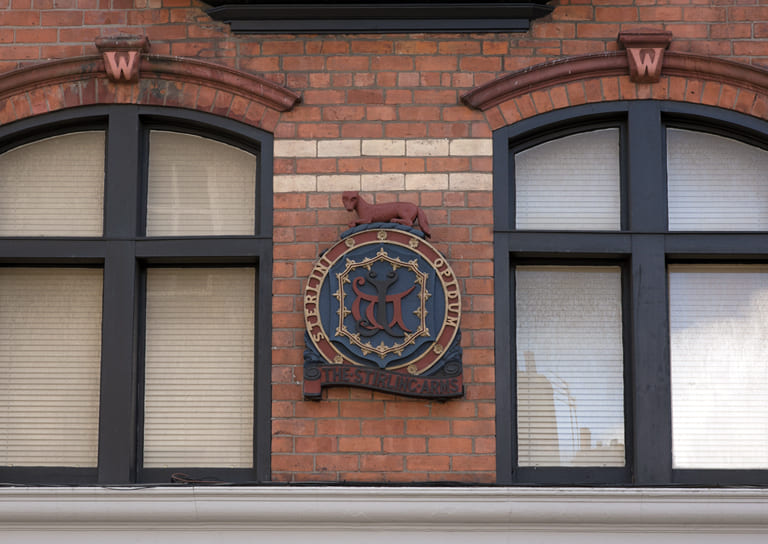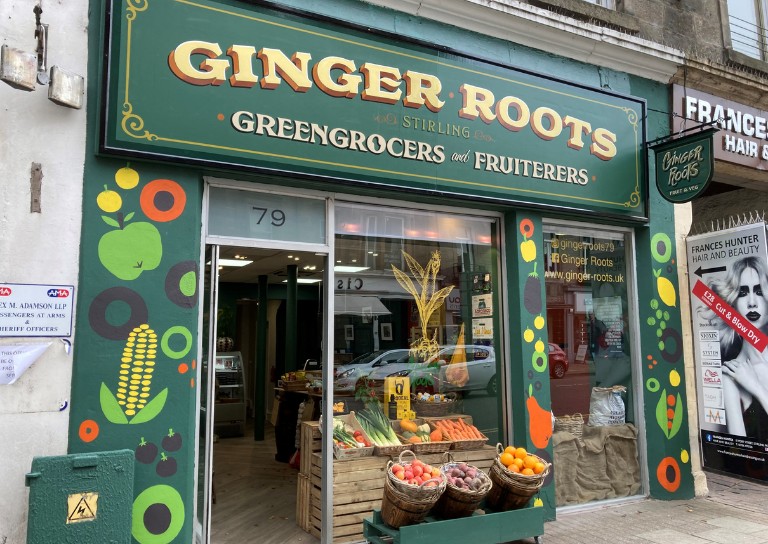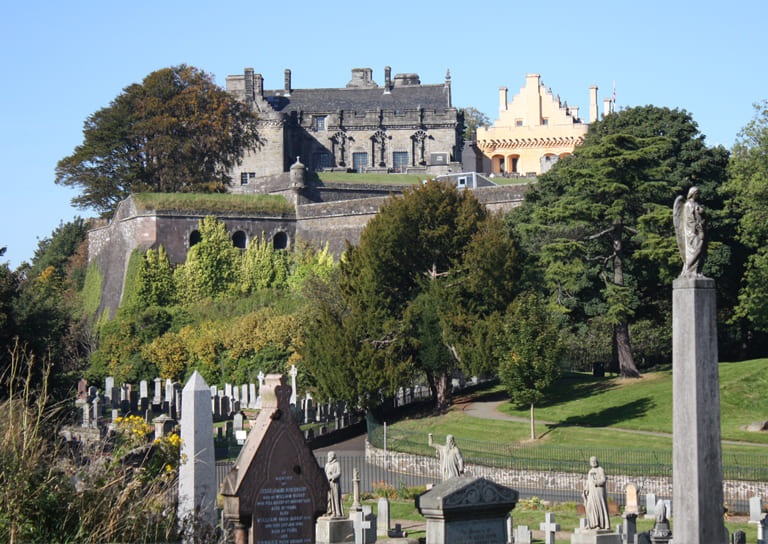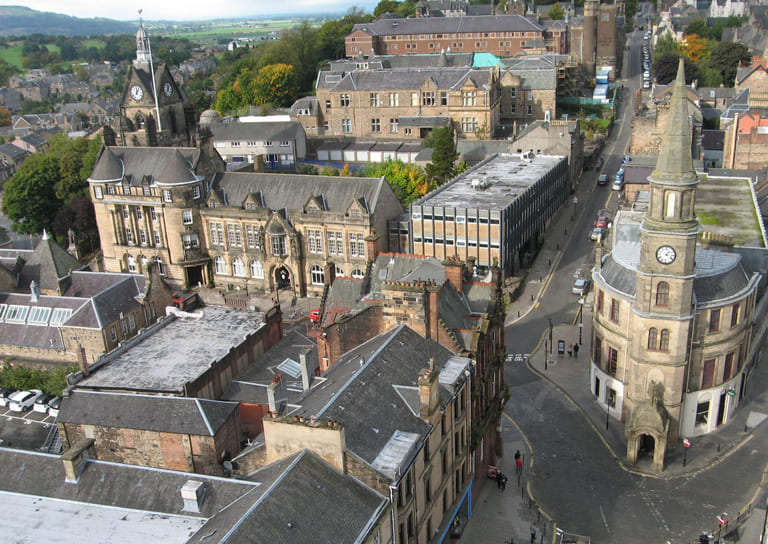- Home
- Our Work

- Stirling's Story
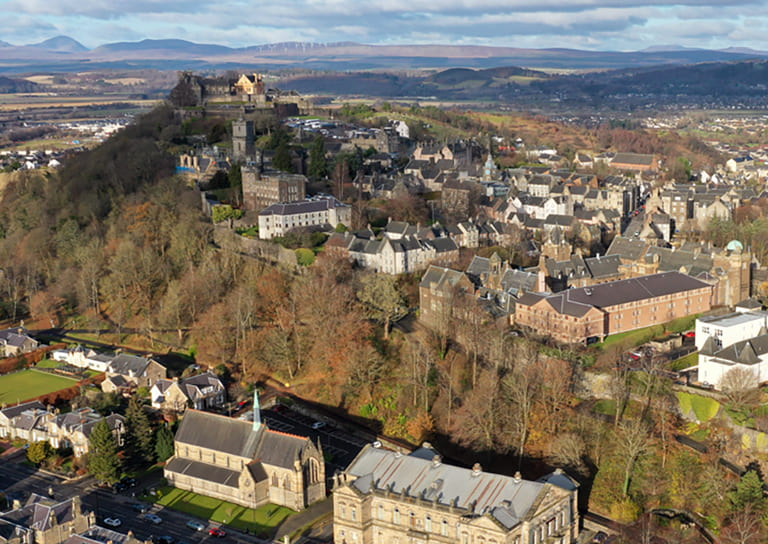
- Blog
- Avenues to the Past: Stirling’s Historic Streets Exhibition
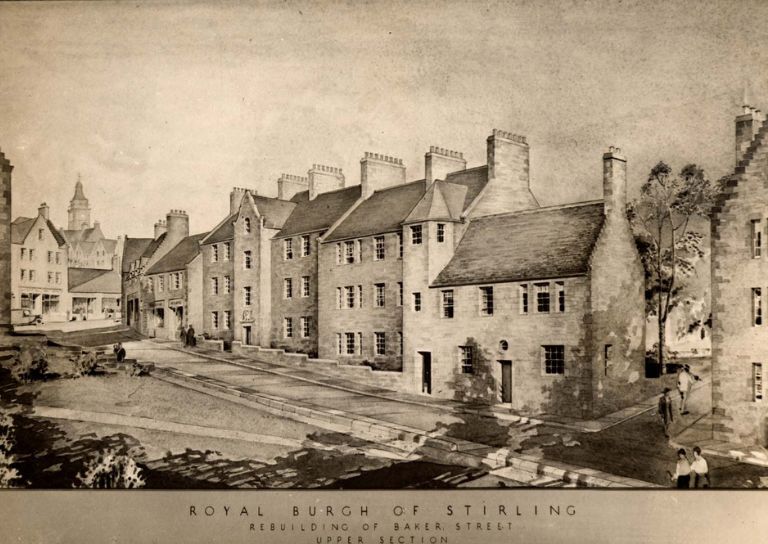
- What is a Conservation Area

- 20 Great Buildings of Stirling
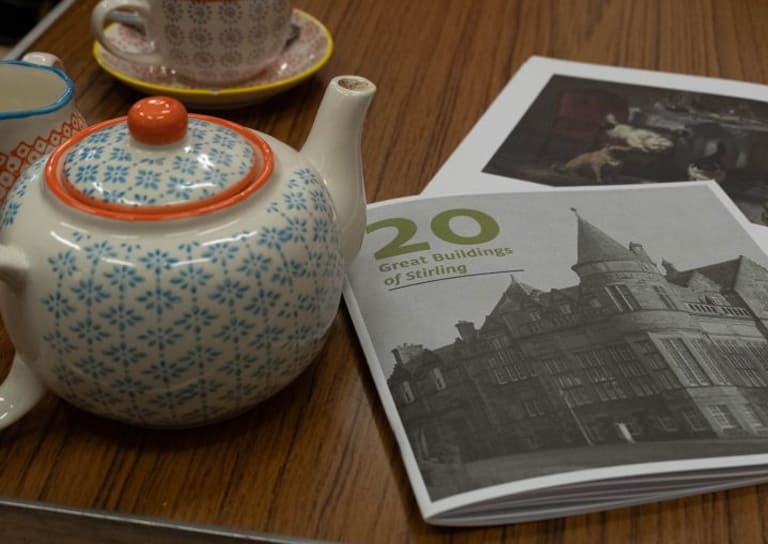
- Reminiscence Art Project
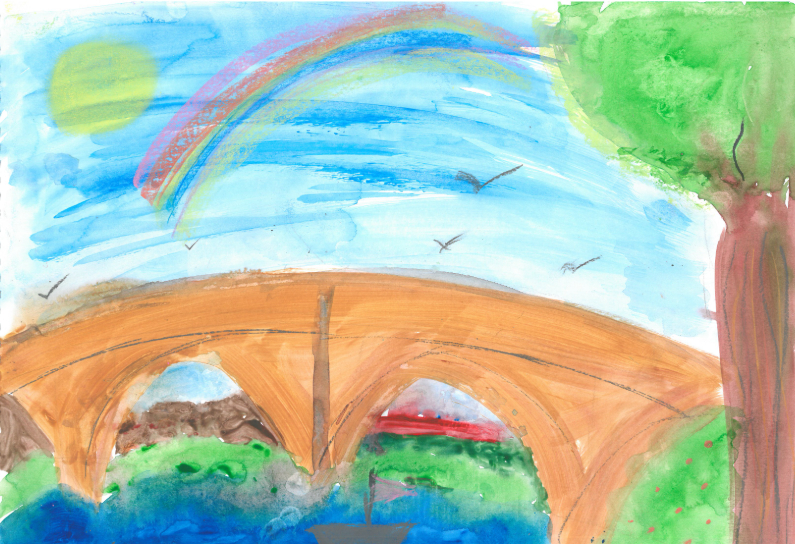
- The Abolition Movement in Stirling
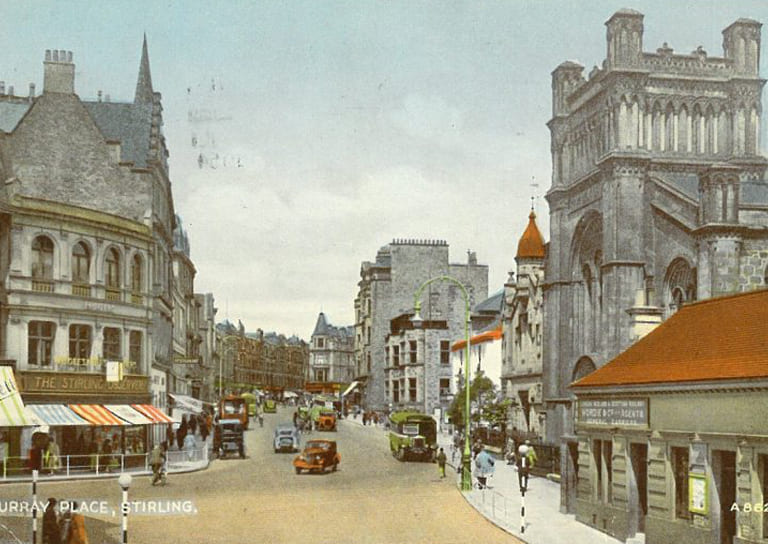
- Walker Family Visit

- Ghost Tales from Stirling

- Snowdon House and The West Indies

- Stirling’s Streetscape Stories: Photography Workshop
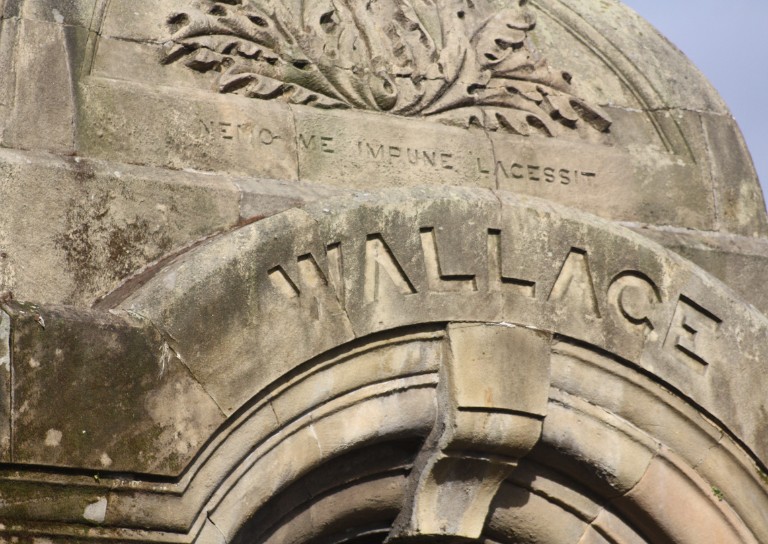
- Stirlingshire’s Highland Games
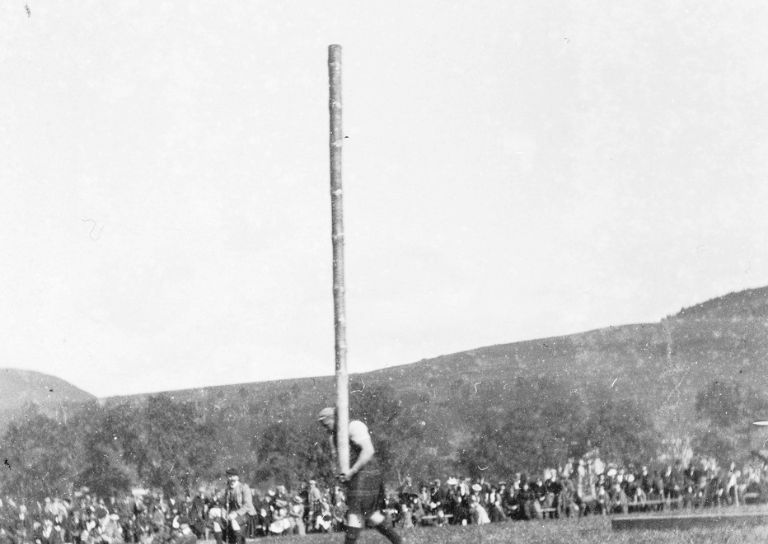
- Creative careers in the heritage sector

- Postcards From Stirling
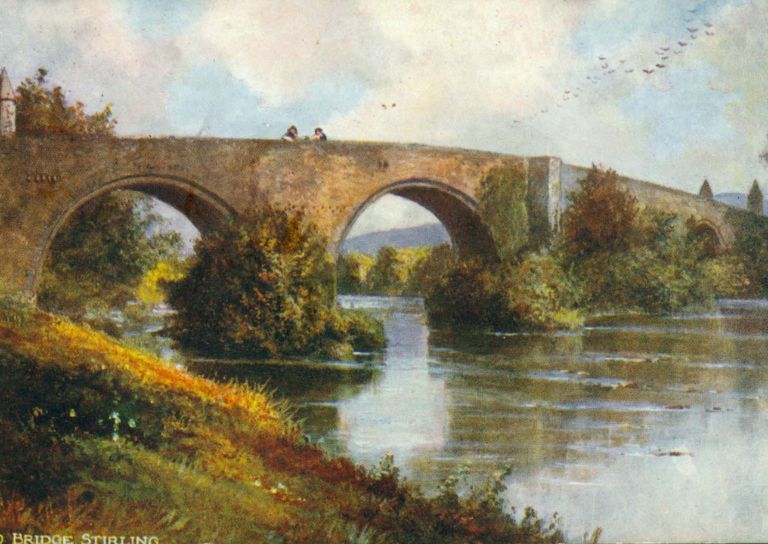
- Stirling’s Gala Days

- Building Surveying Student Intern at Stirling City Heritage Trust
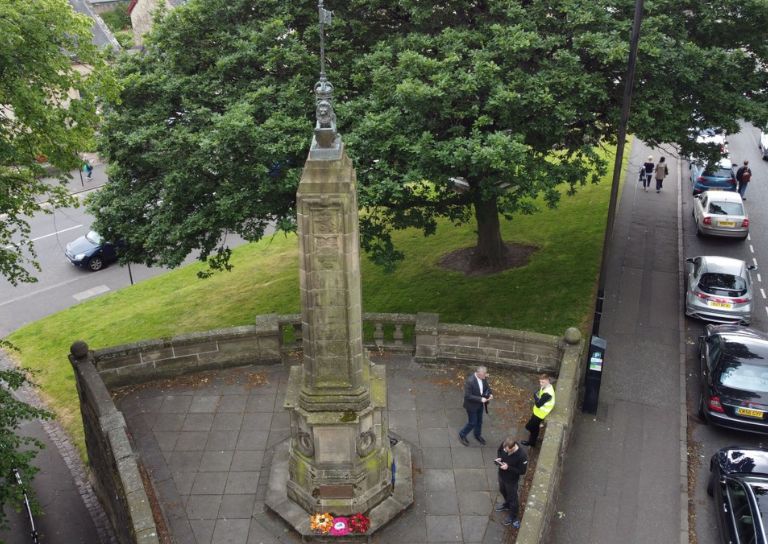
- Heritage Trail: Stirling Walks
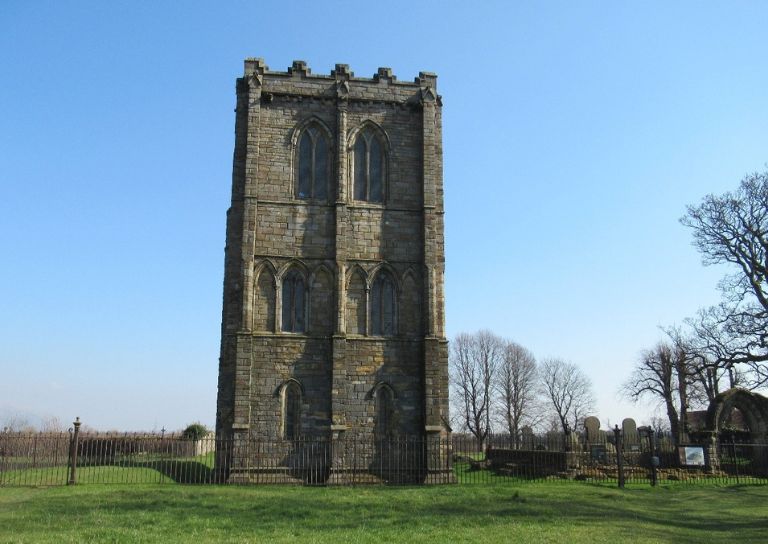
- Local History Resources

- Stirling Through the Decades
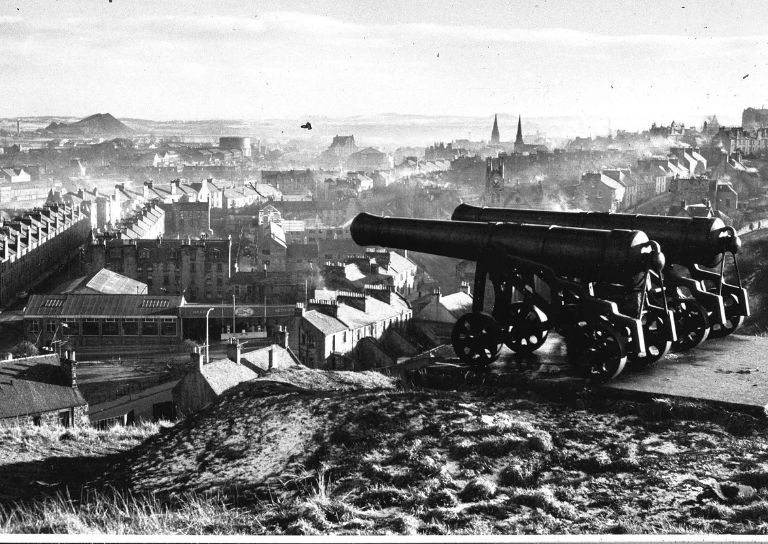
- Stirling’s STEM Pioneers

- Traditional Skills: Signwriting

- Christian MacLagan, a pioneering lady, but born too soon?

- Traditional Shopfronts in Stirling
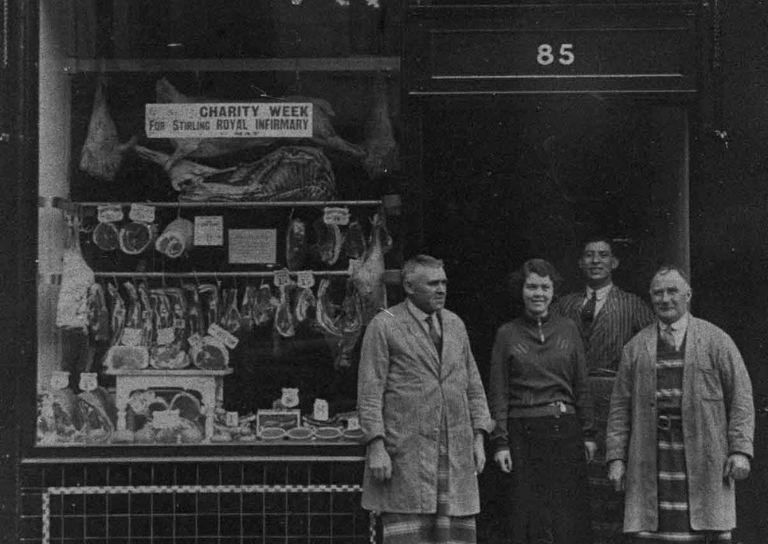
- Stirling History Books for World Book Day
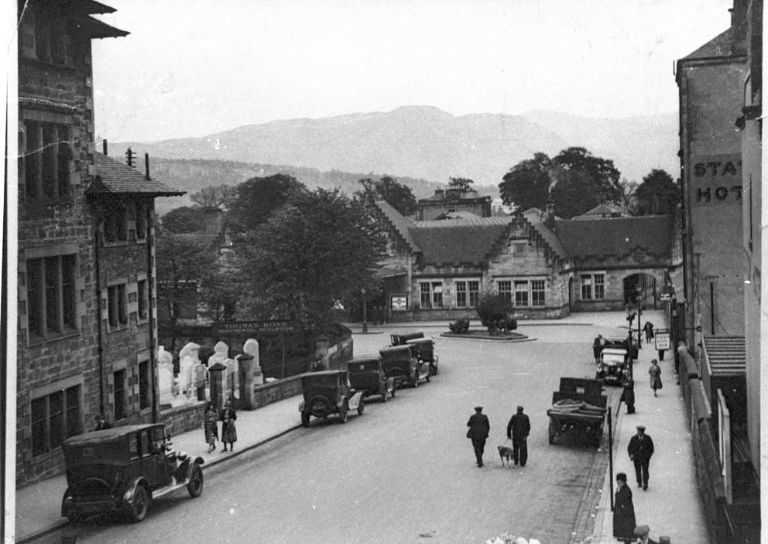
- My Favourite John Allan Building by Joe Hall

- My Favourite John Allan Building by Lindsay Lennie

- My Favourite John Allan Building by Andy McEwan

- My Favourite John Allan Building by Pam McNicol

- Celebrating John Allan: A Man of Original Ideas

- The Tale of the Stirling Wolf
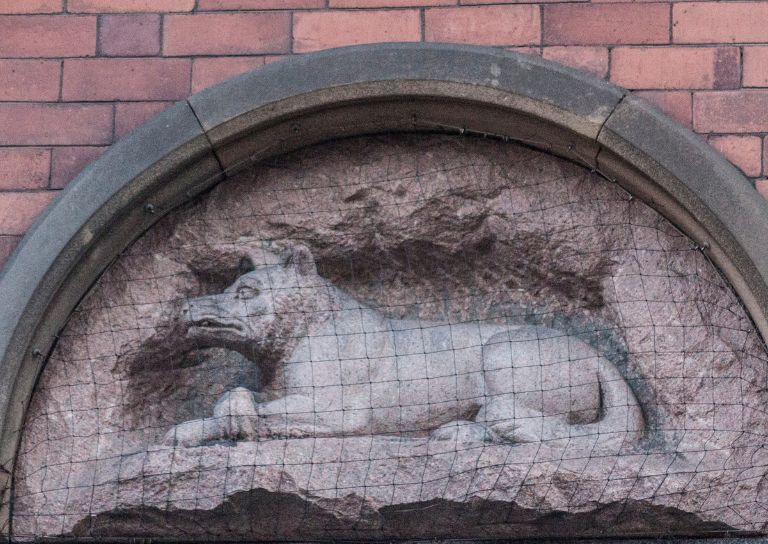
- Stirling: city of culture

- Christmases Past in Stirling

- Stirling’s Historic Graveyards

- Top 10 Tips for Architectural Photography

- An Interview with David Galletly
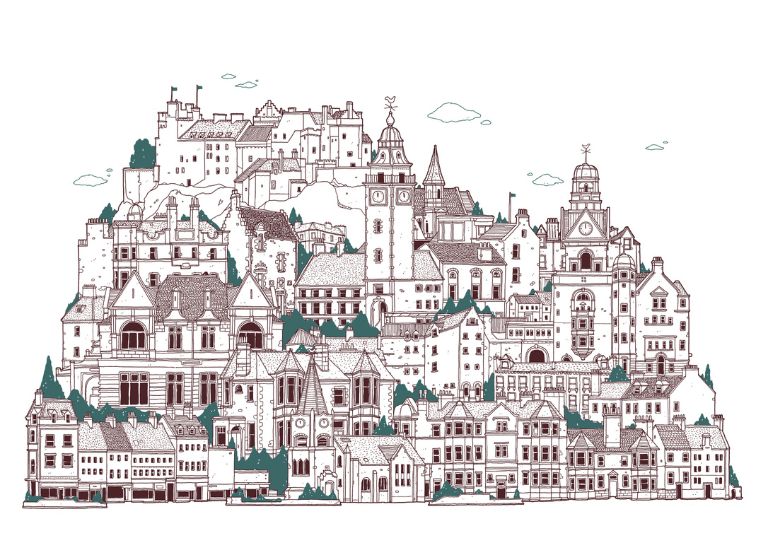
- Springtime in Stirling
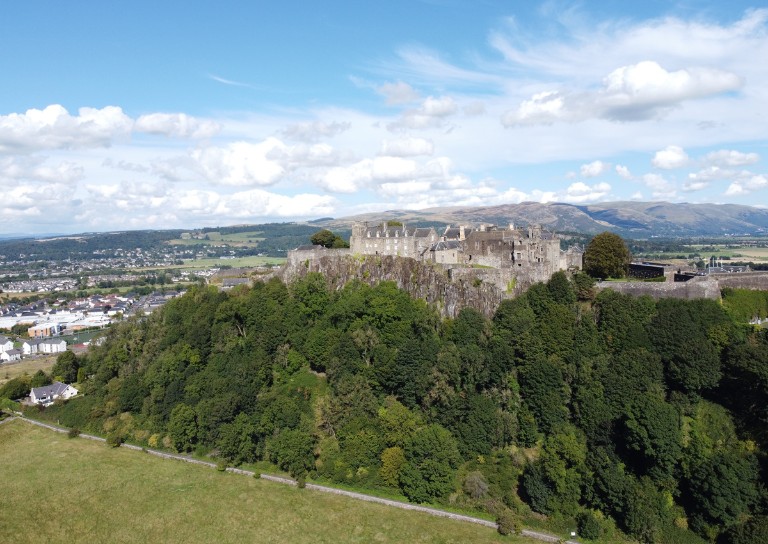
- The Kings Knot – a history

- A Future in Traditional Skills

- Robert Burns’ First Trip to Stirling

- Stirling’s Witches
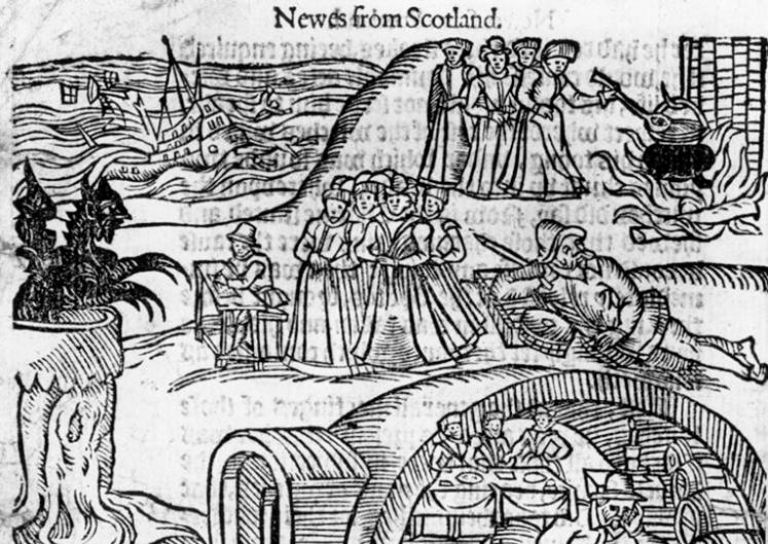
- Stirling’s Ancient Wells
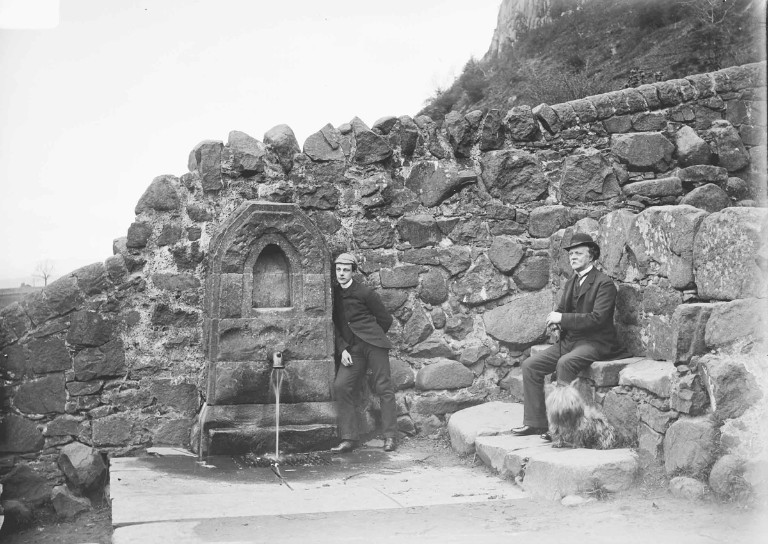
- An architecture student’s take on the City Of Stirling

- Ronald Walker: Stirling’s Architect

- Stirling’s Statues

- Stirling’s Wee Bungalow Shops
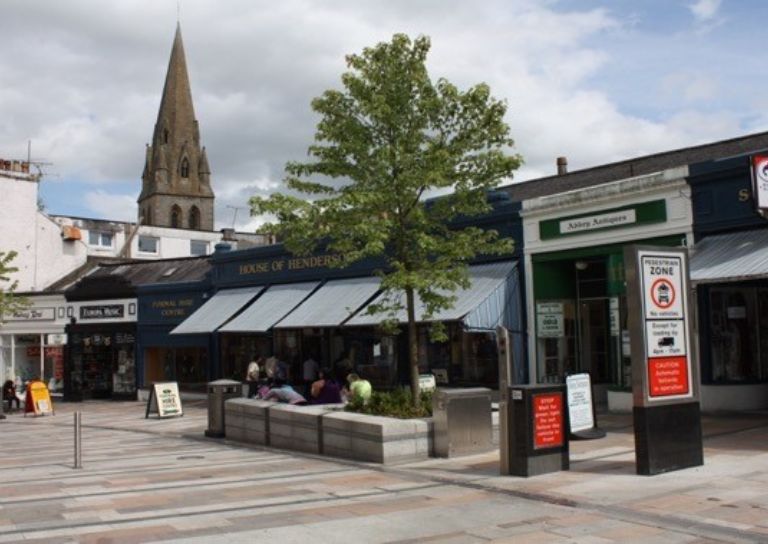
- Stirling’s Historic Hospitals
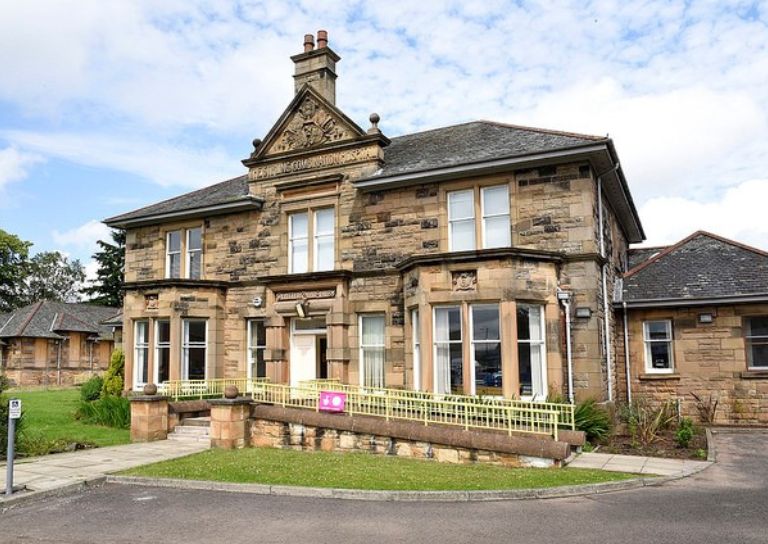
- Women in Digital Innovation and Construction
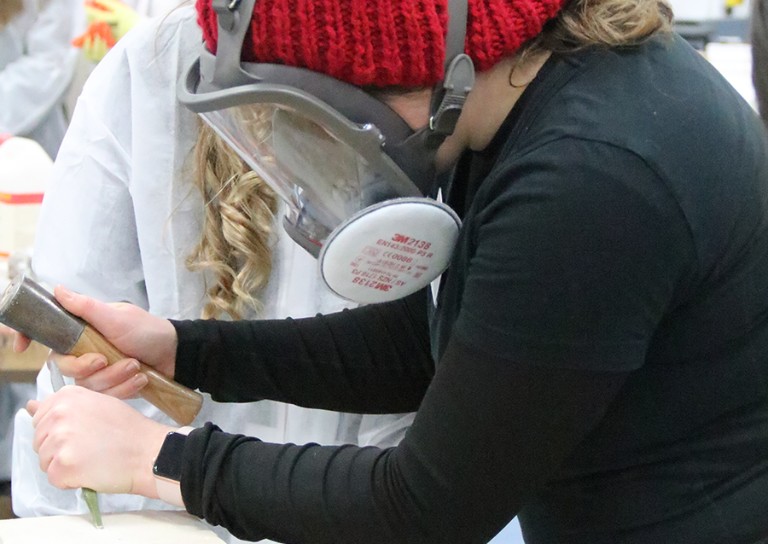
- Heritage at home: 8 of the best online heritage resources

- Stirling featured at virtual heritage conference

- Five of Stirling’s greatest John Allan buildings
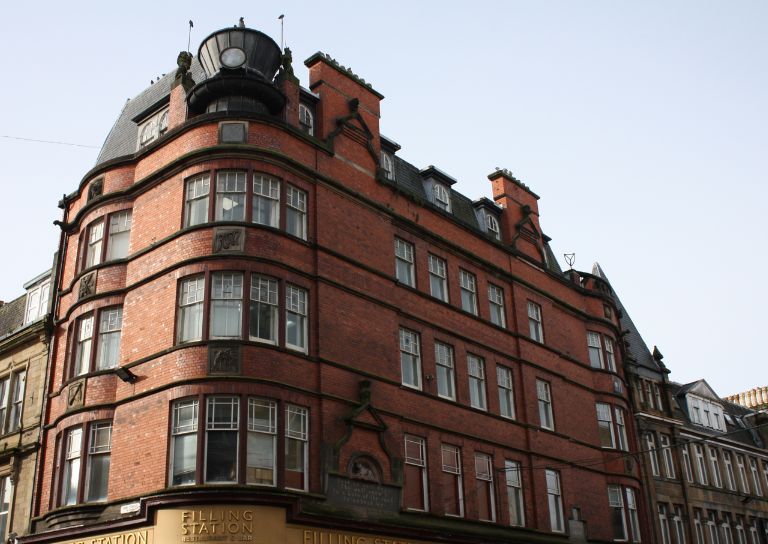
- Women in Construction – Stirling event report

- Scotland’s trailblazing women architects

- Stirling’s Heritage: Spotlight on The Granary
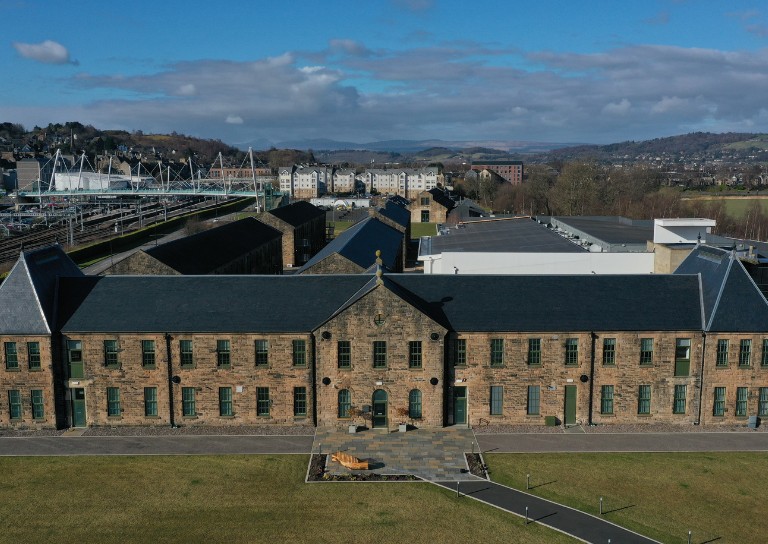
- TBHC Scheme now open to properties in Dunblane and Blairlogie

- How drones help us inspect traditional buildings

- Hazardous Masonry & Masonry Falls
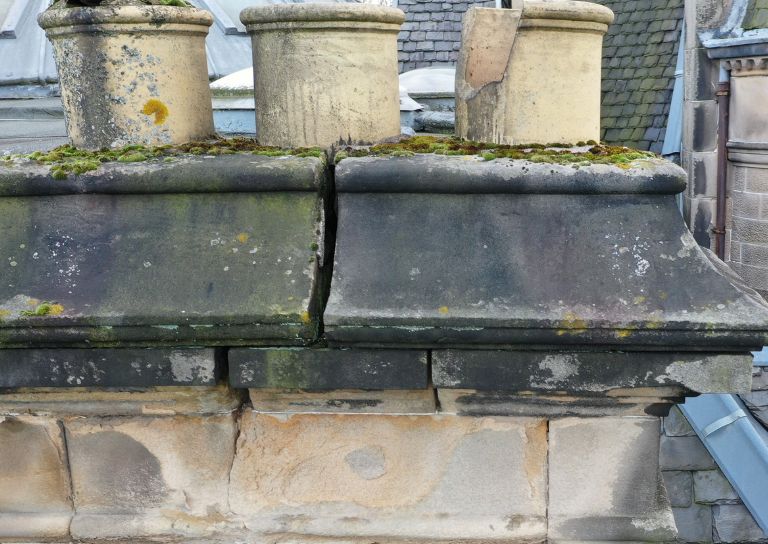
- Mason Bees: What’s the Buzz?

- Stirling Traditional Skills Demonstration Day Success!

- Floating Head Sculpture at Garden Glasgow Festival 1988
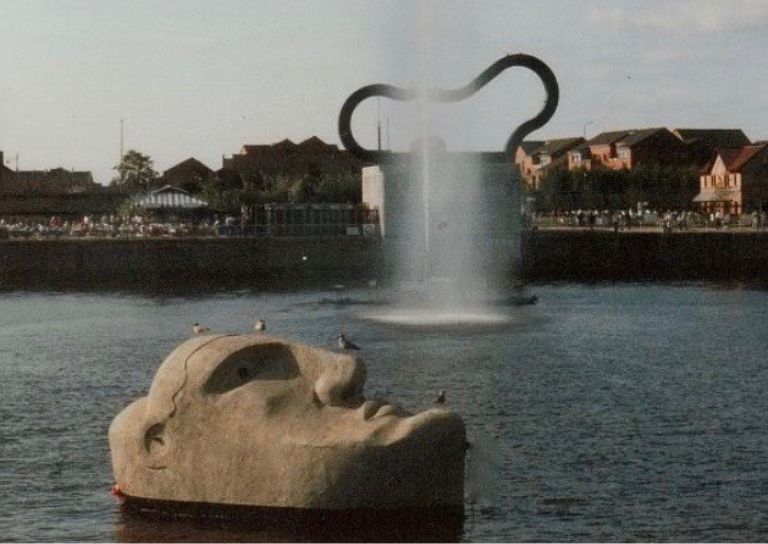
- The story behind Paisley Abbey’s Alien gargoyle
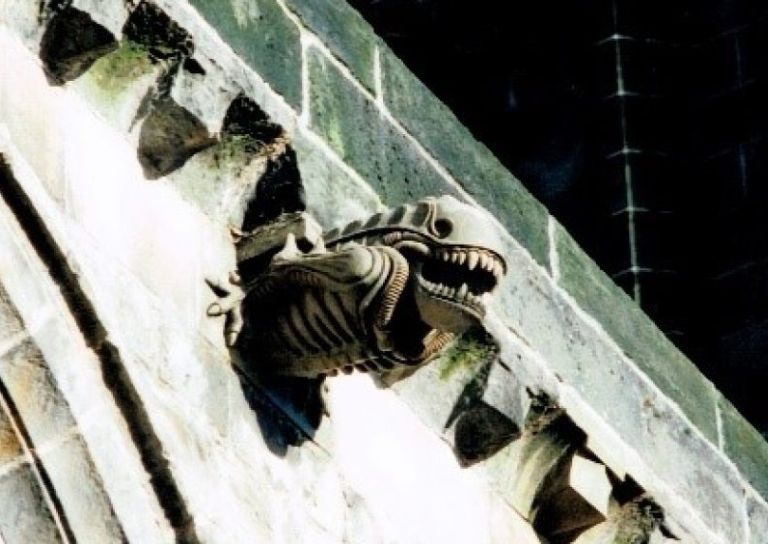
- Cambuskenneth Abbey

- Stirling City Heritage Trust Publications

- Sharing Memories: Taking '20 Great Buildings of Stirling' into the community

- William Wallace Statues In Stirling

- Coronations and Royal Christenings in Stirling
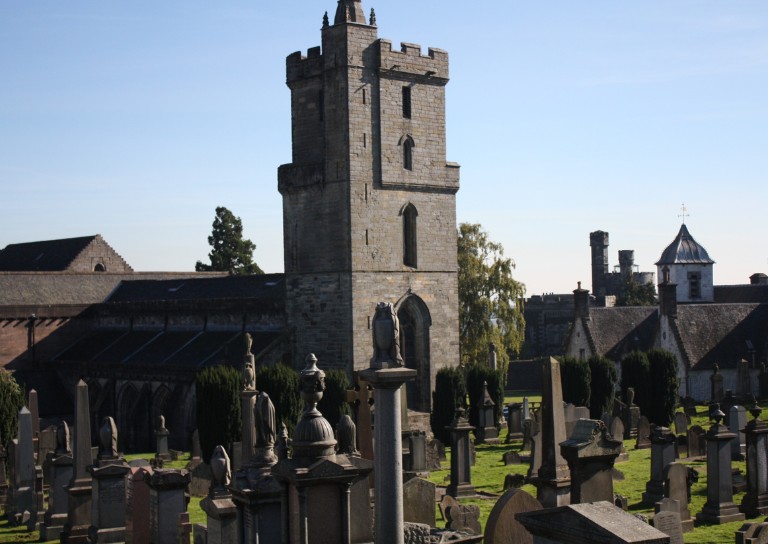
- The development of King's Park

- Energy efficiency project awarded grant from Shared Prosperity Fund
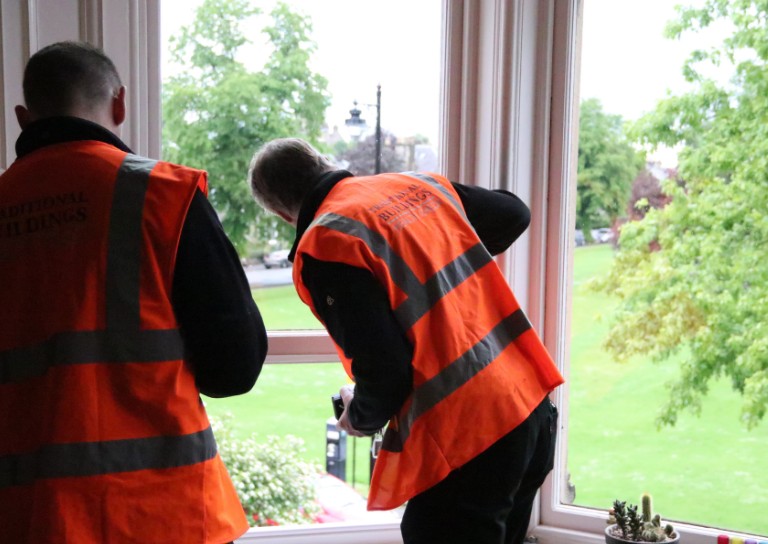
- Inspiring the Future: Stirling City Heritage Trust's Women in Construction Event at Wallace High
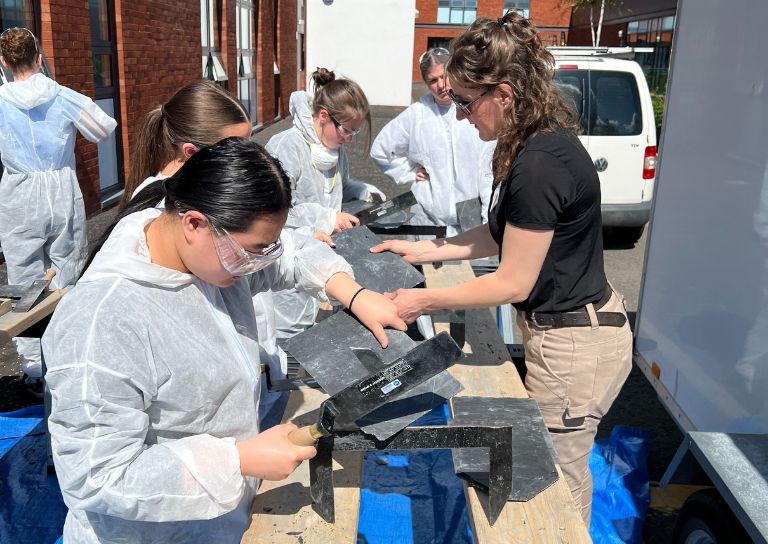
- Doors Open Days Talk: Who Built Stirling?
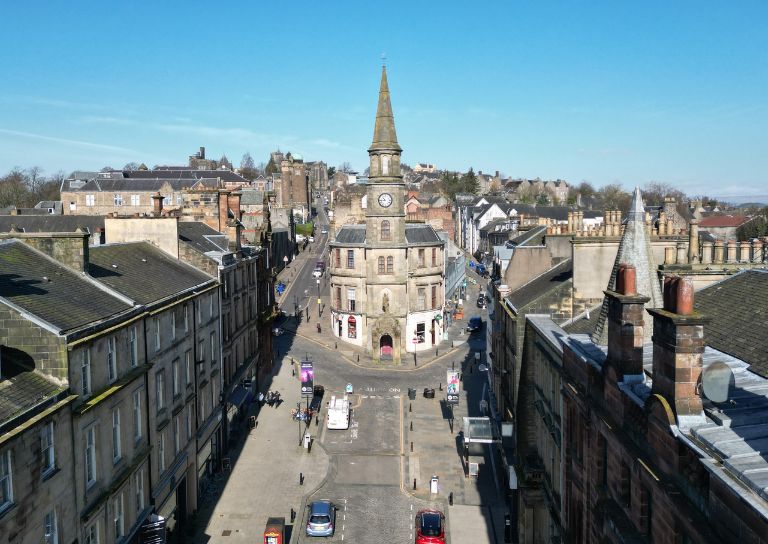
- 10 Years of the Traditional Buildings Health Check
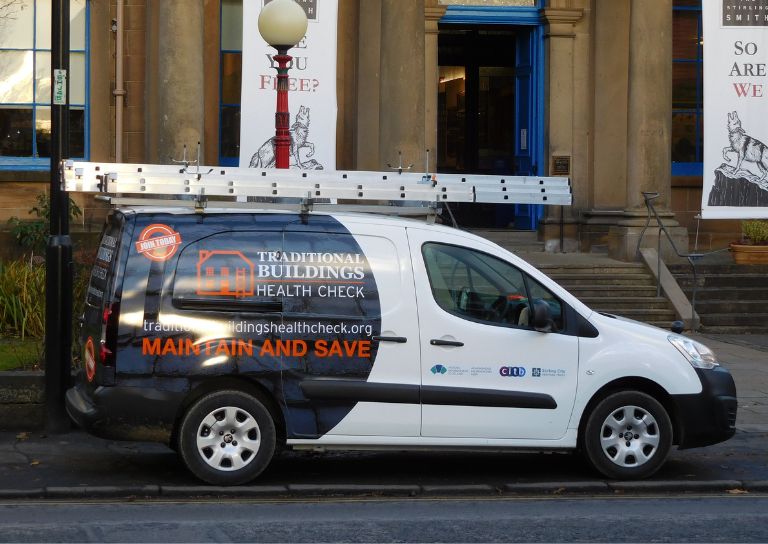
- Growing up in Stirling: A Night of Reminiscence at The Smith

- SCHT visit to Brucefield Estate, Forestmill, Clackmannanshire

- Statement on Christie Clock

- Stirling’s Lost Skating Heritage
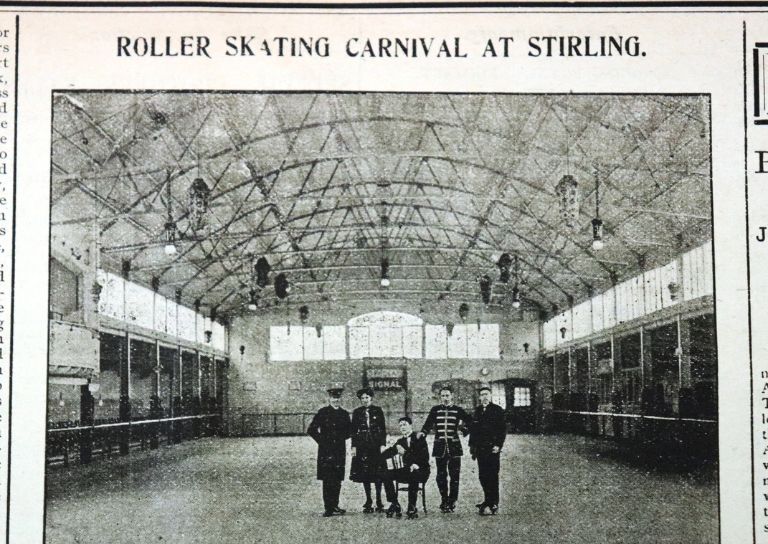
- Laurelhill House and the West Indies

- Beechwood House and the Transatlantic Slave Trade
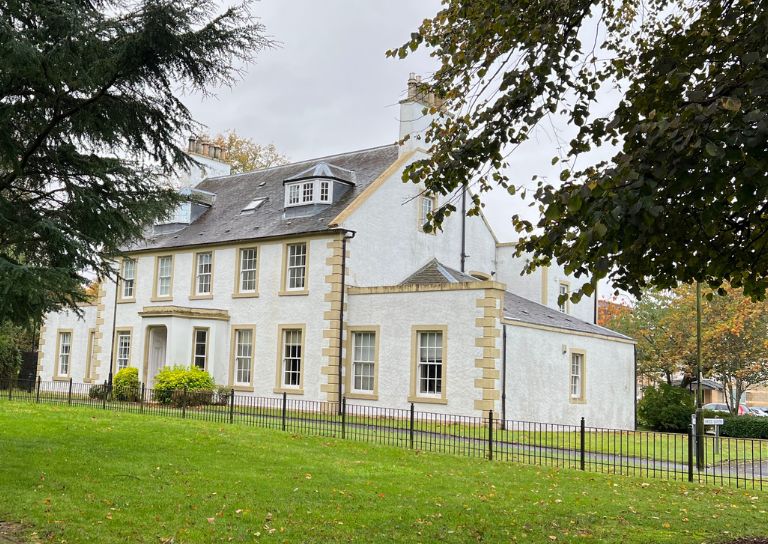
- Retrofitting Traditional Buildings
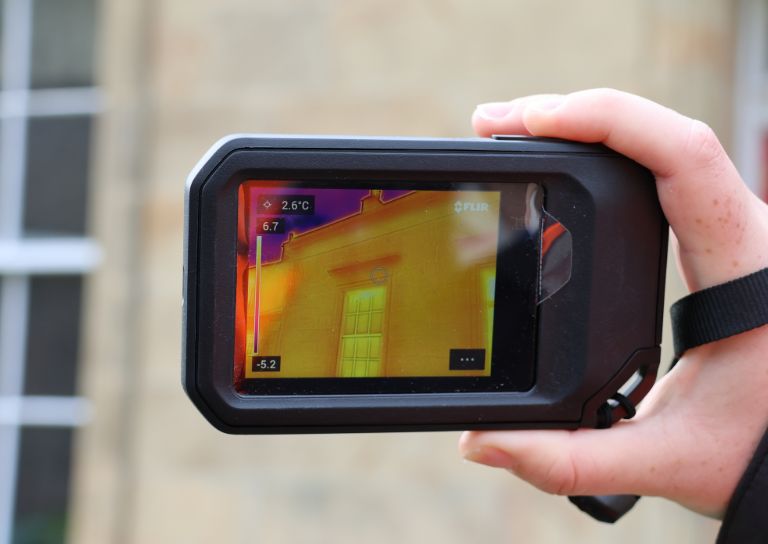
- Building Resilience: Maintaining Traditional Buildings
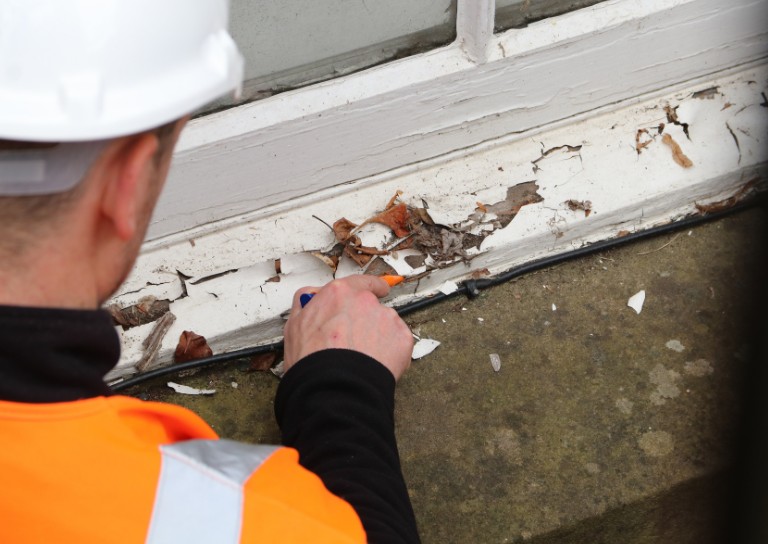
- Shopping Arcades

- Retrofitting Traditional Buildings: Fabric First
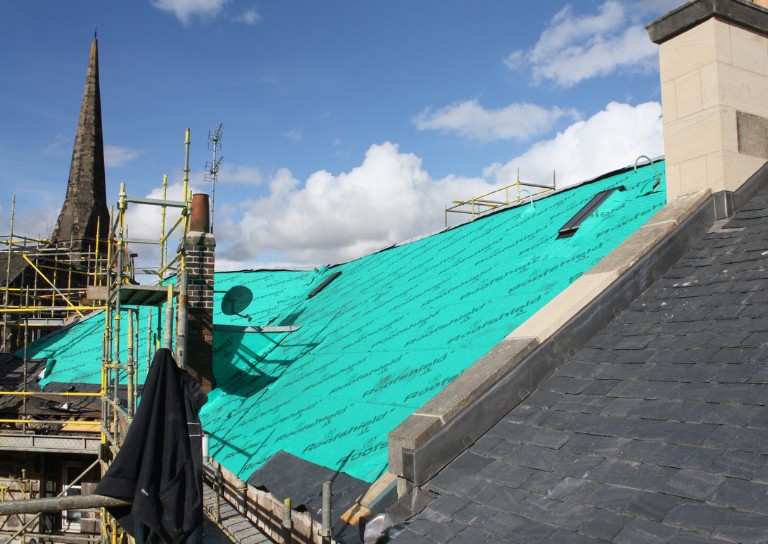
- Stirling Reminiscence Box

- Level 3 Award in Energy Efficiency for Older and Traditional Buildings Retrofit Course (2 Day)

- New Retrofit Service now available for Traditional Buildings Health Check Members

- Retrofitting Traditional Buildings: Windows
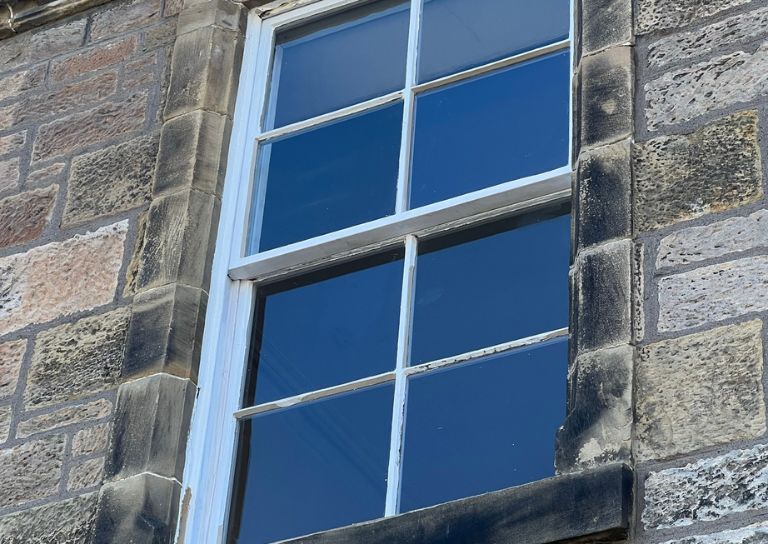
- Architects and The Thistle Property Trust

- Retrofitting Traditional Buildings: Insulation

- Stirling City Heritage Trust at 20

- Miss Curror and the Thistle Property Trust

- Retrofitting Traditional Buildings: Chimneys
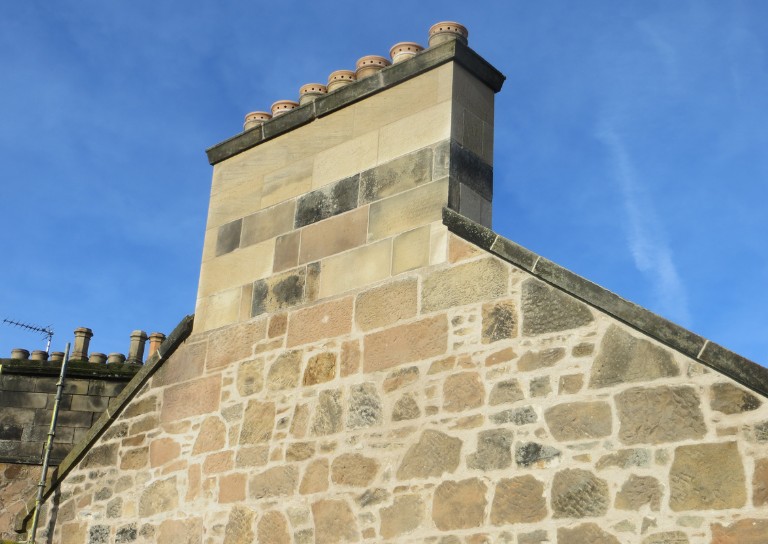
- Statement on Langgarth House

- World Heritage Day: Exploring Hayford Mill

- Retrofitting Traditional Buildings: Climatic Adaptation
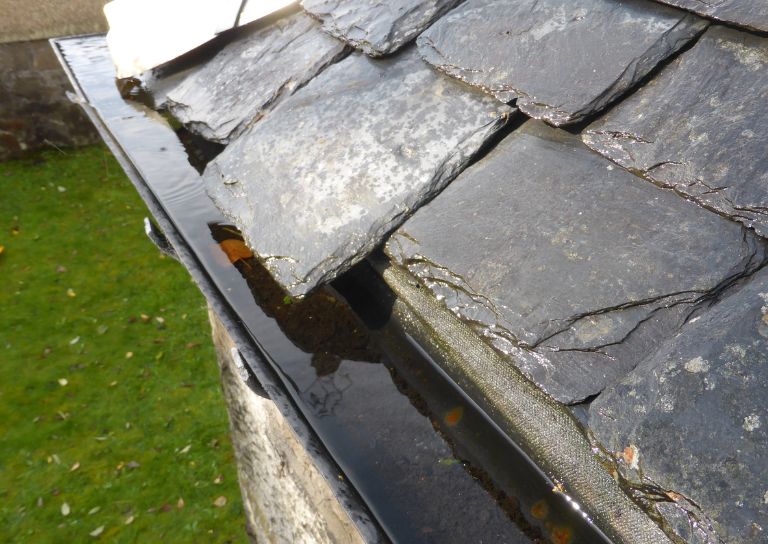
- SCHT 20: Championing Women in Construction

- Guest Blog: Dementia Friendly Heritage Interpretation

- Community Consultation launched for Stirling’s Heritage Strategy

- Stirling's Lost Swimming Pools
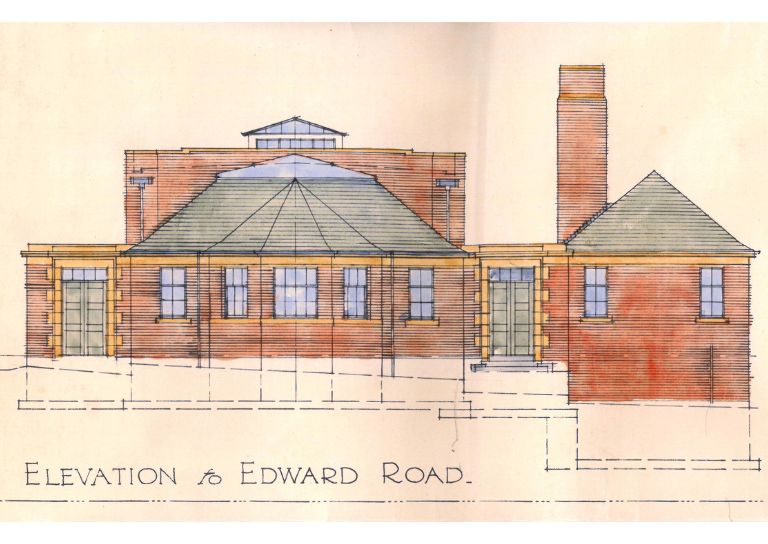
- SCHT Grant Conditions: Owners Associations
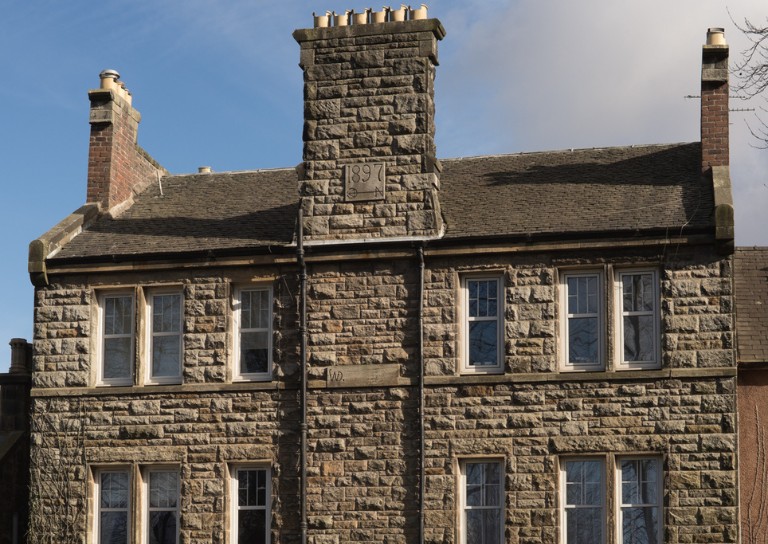
- Kings, Wolves and Drones: 20 years of care and repair at Stirling City Heritage Trust

- SVE Inspire Awards September 2024

- Women in Construction at Bannockburn House

- Stirling Business Awards 2025

- Practical Workshop on Retrofitting Insulation with A. Proctor Group

- Avenues to the Past: Stirling’s Historic Streets Exhibition
- About Us

- Support Us
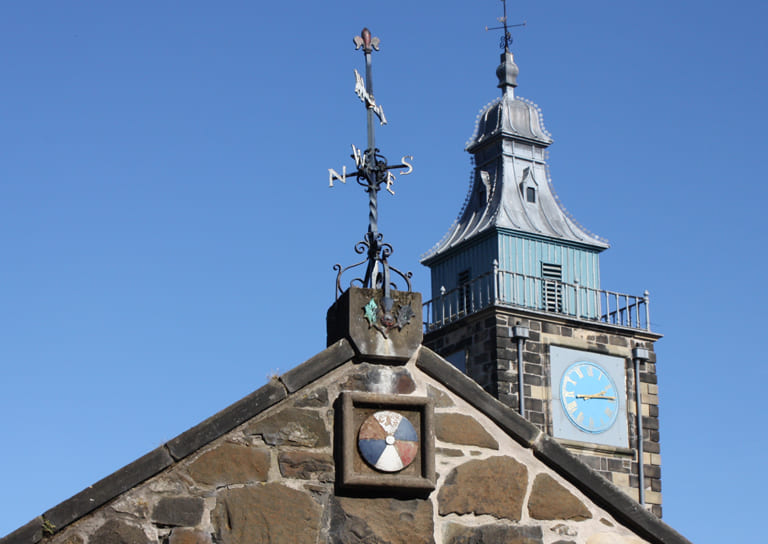
- Contact
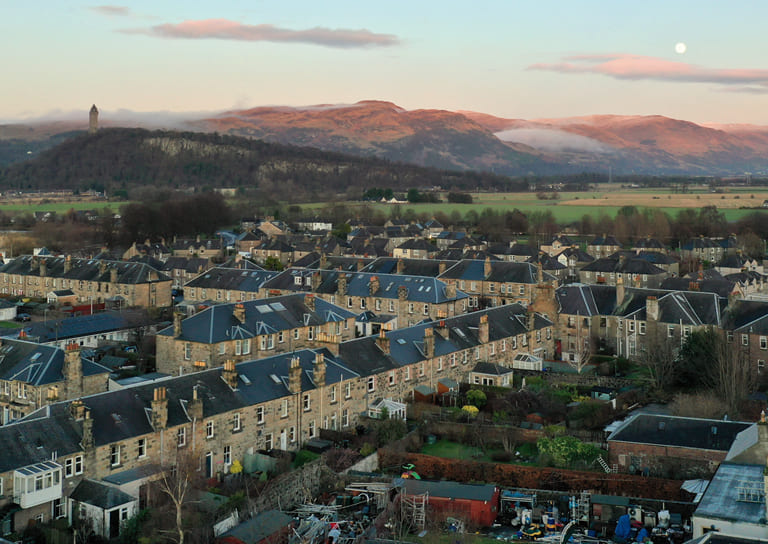
Stirling’s Lost Skating Heritage

In the 16th century James V and his courtiers played tennis as well as football. In fact, The Stirling Smith Art Gallery & Museum has the world’s oldest football in its collection. It was found behind panelling in Stirling Castle’s Palace and has been dated to the 1540s, so Mary Queen of Scot’s herself could have used it.
In this blog we’ll be focussing our attention on ice-skating and roller-skating. Both sports were enjoyed by ordinary working people, as well as the middle classes, during the 20th century in Stirling. It seemed appropriate to explore Stirling’s ice-skating history as the temperature drops and the nights draw in, as well as roller-skating, ice-skating’s indoor sibling. There no longer a roller-rink or ice-skating rink in Stirling, and all material evidence of these sports is long gone, so we are thankful for resources like The Stirling Observer, which recorded the popularity of both sports at their height.
The Raploch Skating Pond
In the 19th century people had more disposable income than ever before, which enabled the creation of the leisure industry. Stirling was a tourist destination, with people travelling to admire the scenery and the Castle, but amenities also sprang up to amuse the locals, including the Raploch Skating Pond. Opened in 1901, with Provost Thomson in attendance performing the ribbon cutting ceremony, the pond was funded by a donation made by Mr and Mrs Richardson and the Philharmonic Society. The pond was outdoors and man-made and in February of 1902 an Ice Carnival on the pond was organised by the Council. Hundreds of Chinese lanterns provided magical lighting, a brass band played and over 500 skaters attended, wearing fancy dress for the occasion. Costumes included Neptune, an Executioner, milk maids and pirates.
It must have been a very cold February, as multiple Ice Carnivals were held that month, with entrance prices being reduced for the Carnival held on the 19th to ensure ’working people’ could afford to attend, 1,300 people came, most of whom were in fancy dress. The Skating Pond proved so popular that a Refreshment Room was built beside it to serve the skaters in 1903. The Pond remained open to skaters until 1938, when the pond was filled-in to make way for the Drip Road housing development.
Olympia Roller-skating Rink
The early 1900s saw a huge craze for roller-skating sweep the nation. Specialist roller-skating rinks were built across Scotland, and for a few years they were the place to be. In 1909 a roller-skating rink designed by local architects McLuckie & Walker opened on Orchard Place at the bottom of King Street. Provost Thomson was in attendance again, with his wife who said it would make ‘an excellent substitute for skating on real ice which they got so little of these days.’ In the first four days after it opened, over 1,000 people roller-skated on the rink, and a policeman had to be deployed to ensure the queue for the rink didn’t get too rowdy or fractious!
At the Olympia Rollerskating Rink, there were separate skating sessions for ladies and gentlemen, as well as mixed sessions, together with a live band who played in a purpose-built bandstand. A Tea-room provided refreshments for the skaters, and fancy-dress competitions and hockey matches were regularly held.
The entrance to the rink was a fantastical turret, there was a red carpet in the entrance hall and almost 400 coloured electric lights illuminated the rink. Unfortunately, the roller-skating craze was short-lived. As a result, Stirling’s rink closed after just two years in 1911 and was turned into the ‘Picture Palace’ cinema.


